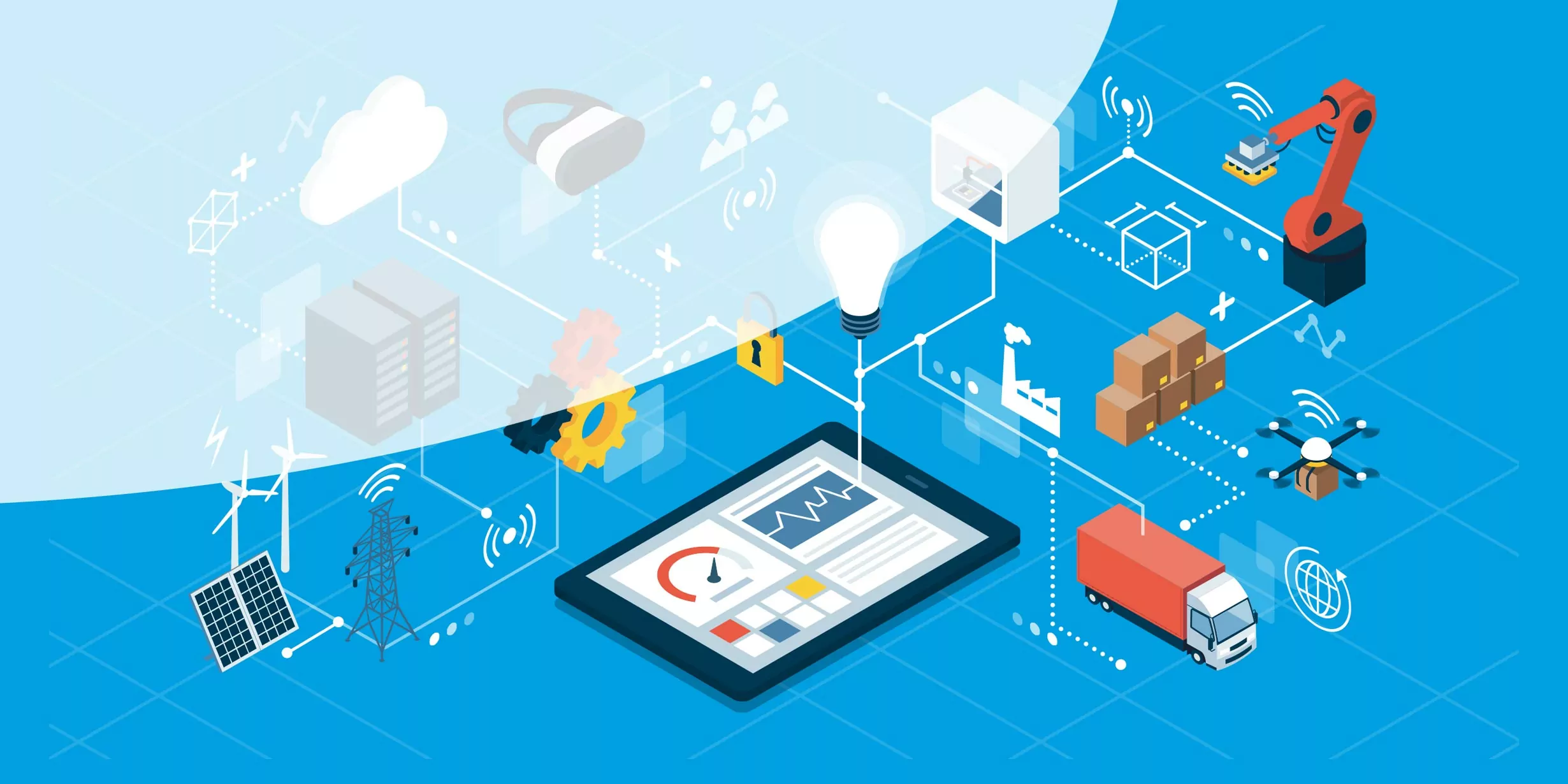The tasks of logistics and the logistician are memorably explained with the famous 6 Rs. The 6 Rs of logistics are the so-called “six right ones”:
- the right products
- in the right quality
- in the right amount
- in the right place
- at the right time
- at the right cost
The mnemonic aid brings the core task of logistics straight to the point. The 6 Rs impressively demonstrate that the mission of logistics is to make goods available.
But is this still up to date? Does this view reflect the requirements of today’s markets? Is this perspective at all helpful for the challenges facing companies and supply chains in the 21st century? Can this approach for entrepreneurs, managers and employees be a supporting guiding idea in daily work in a challenging competitive environment?
From the 6 Rs to the 7 Rs – a quantum leap
Occasionally one reads or hears about the 7 Rs of logistics. Often the “right customer” is named as the seventh R. Some (including my colleagues) feel that this is superfluous: Don’t the other Rs mean the right customer anyway? So why the “stupid” seventh R? But this is precisely where the quantum leap from the classic logistics perspective to a customer-oriented perspective in the sense of supply chain management becomes apparent. The “right customer” means that every link in a service chain has a downstream location, the customer. And every link in an internal process chain is itself a customer, as a downstream link in an upstream position. This consequent “internal customer orientation” is the decisive step towards a consistent Market orientation. How can one create an “internal market” for all those involved in the process? Can this even be put into practice? Let’s take a closer look.
The resonance wave
If every element of a process chain sees the downstream unit as a customer and therefore also (must) consistently pursue customer orientation for units previously regarded as “remote from the market” (e.g. production, warehouse), this results in a wave of resonance. Thus, in the internal service chain every employee is both supplier and customer of services, at the same time (internal) supplier and (internal) customer: “With consistent customer orientation, signals from the market and external customers propagate in a kind of resonance wave down to the smallest corner of the company” (Jochen May). But how can such a resonance wave function, which environmental influences, transmitters and control units are necessary for this? Are there role models for this?
Learning from nature – the swarm
In the case of ants, for example, the external environmental impact is the dwindling source of food. The transmitter is thus the hunger and the control unit the division of labour in the ant colony. In migratory birds, the external environmental influences may be adverse wind conditions, so the transmitter is fatigue and the control unit is typically a temporary community of convenience in the form of a flock of birds. With regard to a company, the decisive environmental impact typically is a significantly increased customer requirement, the necessary transmitter the resonance wave in the sense of “internal continuous customer orientation” and the subsequently required control unit the business concept (business model).
In conclusion, one can say that the end of the 6 Rs of logistics has long begun. Nowadays logistics is much more than just the optimization of material flows and the accompanying flow of information – from the development of a product to its delivery to the end customer. Logistics is an essential part of a business model, and ideally a business model itself.
But more about this in “The End of the 6 Rs of Logistics? – Part 2 “.
You can find further information on swarm intelligence in the article Swarm intelligence -What we logisticians can learn from ants – Part I.
Warehouse management - as simple as possible, as complex as necessary
Our WMS offers you an individually tailored, lean and process-oriented warehouse management.

Also available in Deutsch (German)